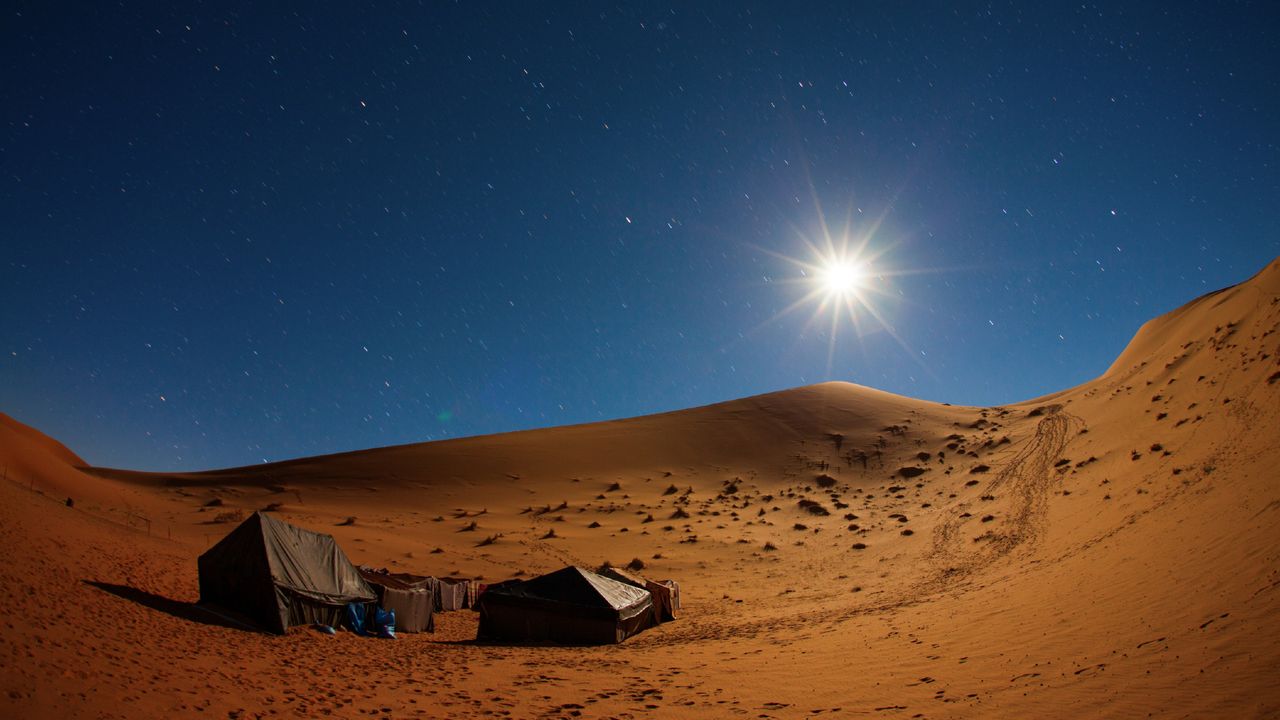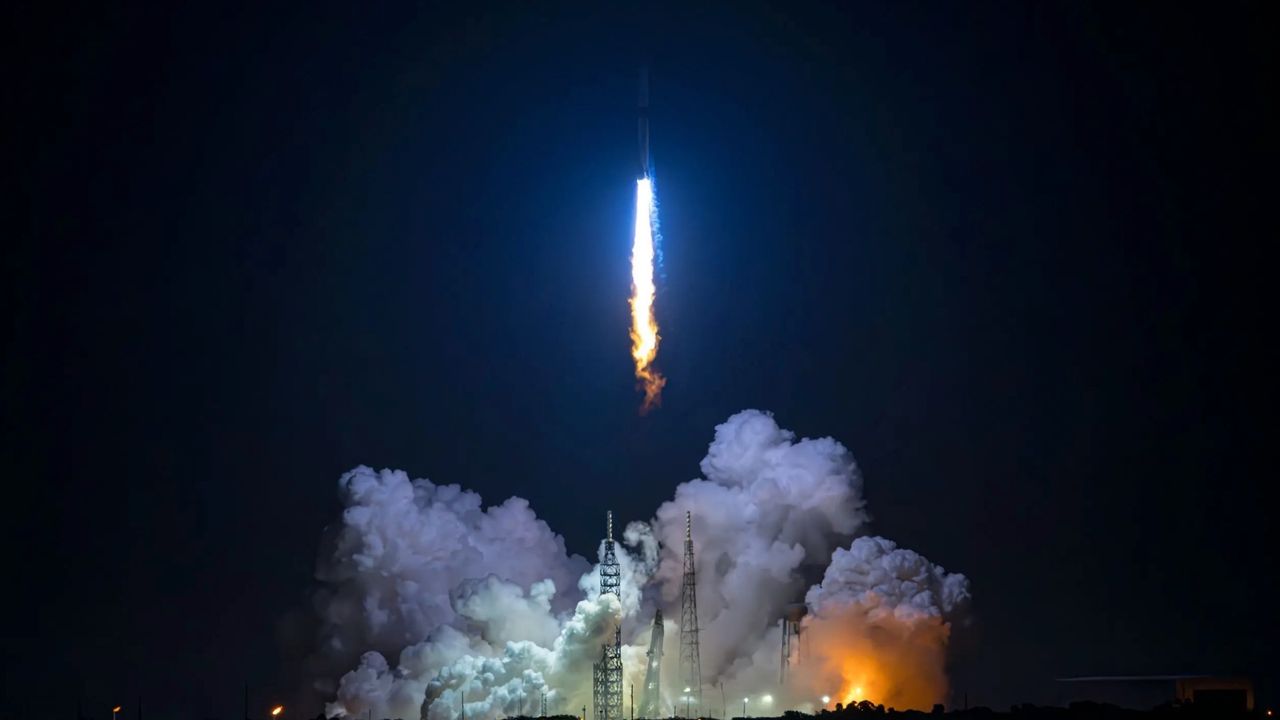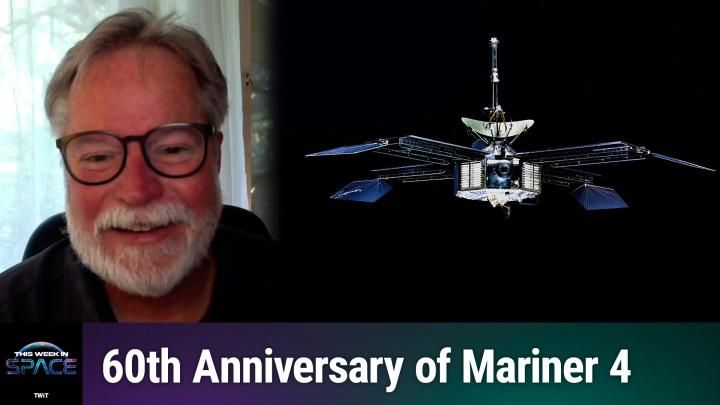Now Reading: Top 10 Tours to Experience 2027’s ‘Eclipse of the Century
-
01
Top 10 Tours to Experience 2027’s ‘Eclipse of the Century
Top 10 Tours to Experience 2027’s ‘Eclipse of the Century

Fast Summary
- The longest total solar eclipse in 87 years will occur on August 2, 2027, lasting up to 6 minutes and 21 seconds of totality at Luxor, Egypt.
- other regions witnessing notable totality include Spain, North Africa, and the Arabian Peninsula.
- Various curated tours incorporate cultural and historic elements alongside eclipse viewing:
– egypt: Includes Luxor’s temples, Siwa Oasis (~5 min. totality), Cairo attractions (Giza Pyramids and Grand Egyptian Museum), and a “Lost golden City.”
– Tunisia: Offers visits to Star Wars film sets near Sahara with a maximum ~5 min. 40 sec. eclipse duration.
– Saudi Arabia: Blends birding expeditions with views of ancient ruins; some tours are focused on rare wildlife in coastal wadis during the eclipse.
– Morocco & Spain: features Andalucían architecture (Spain) and Moroccan medinas like Marrakech; durations range from ~4-5 minutes of totality depending on location.Images featured depict landscapes such as Egyptian ruins, Moroccan medinas, Saudi heritage villages, Gibraltar’s coastlines interacted by clouds potentially obstructing views.
Indian Opinion Analysis
The upcoming solar eclipse presents an intriguing blend of astronomy-driven tourism paired with cultural heritage experiences across various countries. While India is not directly part of this celestial event’s path of totality or prominent destination coverage here, it’s worth considering how such astronomical occurrences can boost regional economies through high-value tourism initiatives – something India has successfully leveraged during past events like lunar eclipses or meteor showers.
These curated tours showcase specific ways cultures intertwine natural phenomena into broader exploration experiences – be it pairing scientific observations with historical excursions or promoting ecological awareness alongside cosmic events. For India’s growing astro-tourism sector to emulate similar global models successfully long-term organized alignment cooperation may incentivize home audiences matches exposure seeing rare international drawn showcasing similar initiatives bridging rich naturally diverse settings extendationale gaps fostering reflective worldwide appeal self-use learning ventures!

























